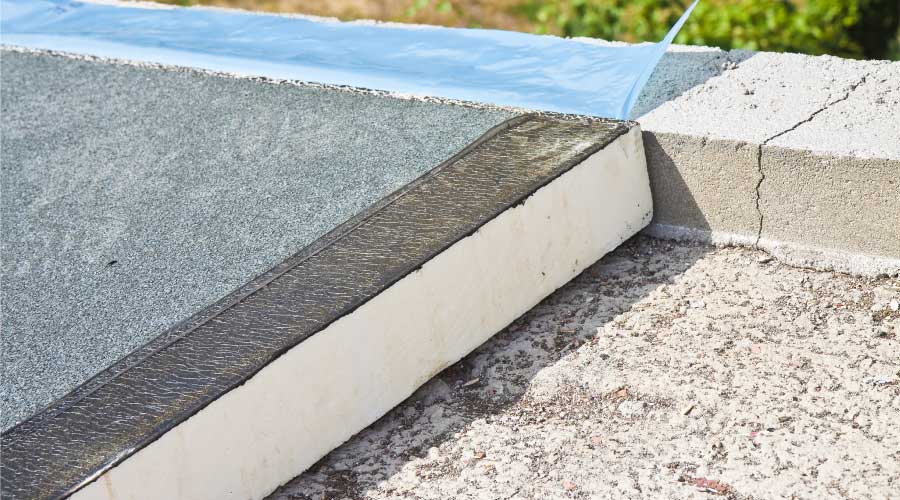Set Design Standards, Review Them Often To Maximize HVAC Energy Savings
To help manage the number of HVAC projects in any given year, McGill University has developed design standards, which are constantly reviewed, to help maximize performance.
With more than 1,000 HVAC systems and hundreds of renovation projects, hardly a year goes by at McGill without a major HVAC system upgrade. The energy management team cannot be involved in all projects, so the team has developed design standards that are more stringent than the energy codes. These standards are constantly reviewed, and the team plans on imposing performance criteria using ASHRAE 90.1-2007 starting January 2014.
For all major HVAC projects, the team is involved from inception to completion. For instance, in the summer of 2010, the HVAC systems of the two largest campus libraries were upgraded. The systems handle a total of 330,000 CFM of air. The project was to convert these systems from CAV to VAV, convert all mixing boxes, replace the supply fans with a multiple fan array, install VFDs on the return and exhaust fans, and install a heat recovery chiller.
Commissioning is Key
This project was not straightforward and the project team encountered a number of situations that called for the intervention of a commissioning agent. Even though enhanced commissioning was not part of the original proposal, it turned out to be a worthwhile investment that helped identify discrepancies between the mechanical engineer’s design, the systems built by the contractor, and control sequences programmed by the control contractor. During the first months of operation, the system did not achieve the expected savings; only after recommendations from the commissioning agents were implemented did savings start to materialize. The intervention of the commissioning agents made it possible for the project to meet the original payback of 12 years — with one year’s delay — and to reach and exceed the expected $275,000 savings.
Learning from this experience, the energy management team has increased its requirements in terms of basic commissioning for all projects and is looking at having third-party commissioning for all major HVAC retrofits.
At McGill, energy management has created success, thereby creating expectations from stakeholders for more successful projects. The team has developed a toolkit any energy manager should have: a rolling five-year action plan, a baseline, SMART (specific, measureable, attainable, relevant and time-bound) objectives, and tools to benchmark results against baseline. Collaboration and connectivity have been crucial to deployment of McGill’s energy management information system. With these tools and vision, McGill’s energy management team will tackle the many challenges on the road ahead, including ensuring the durability of savings, on-going optimization, and dwindling incentive programs. ■
Jerome Conraud, Eng., MASc, CEM, is energy manager in the utilities and energy management unit of the facilities operations and development department within university services at McGill University. He can be reached at jerome.conraud@mcgill.ca.
Related Topics:















